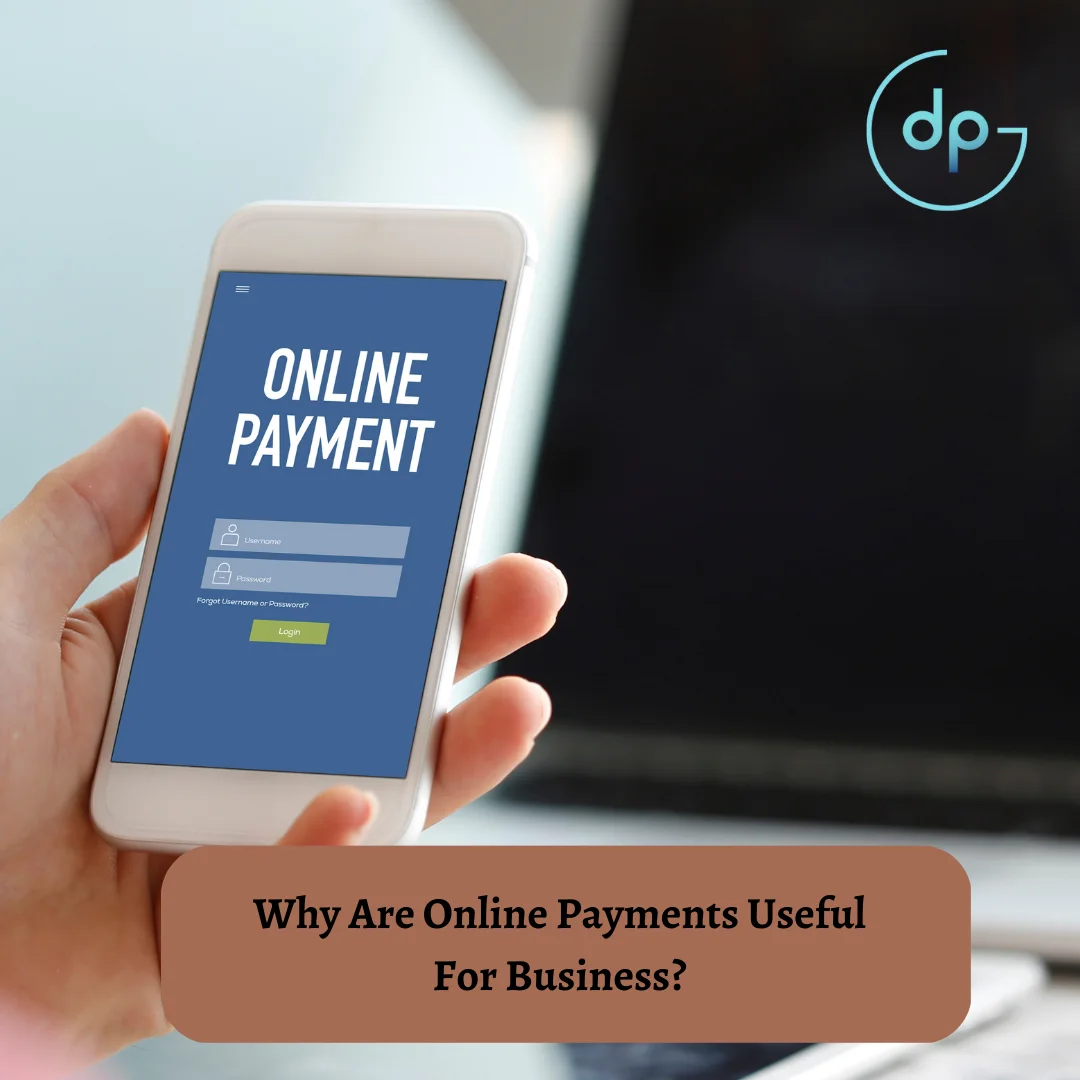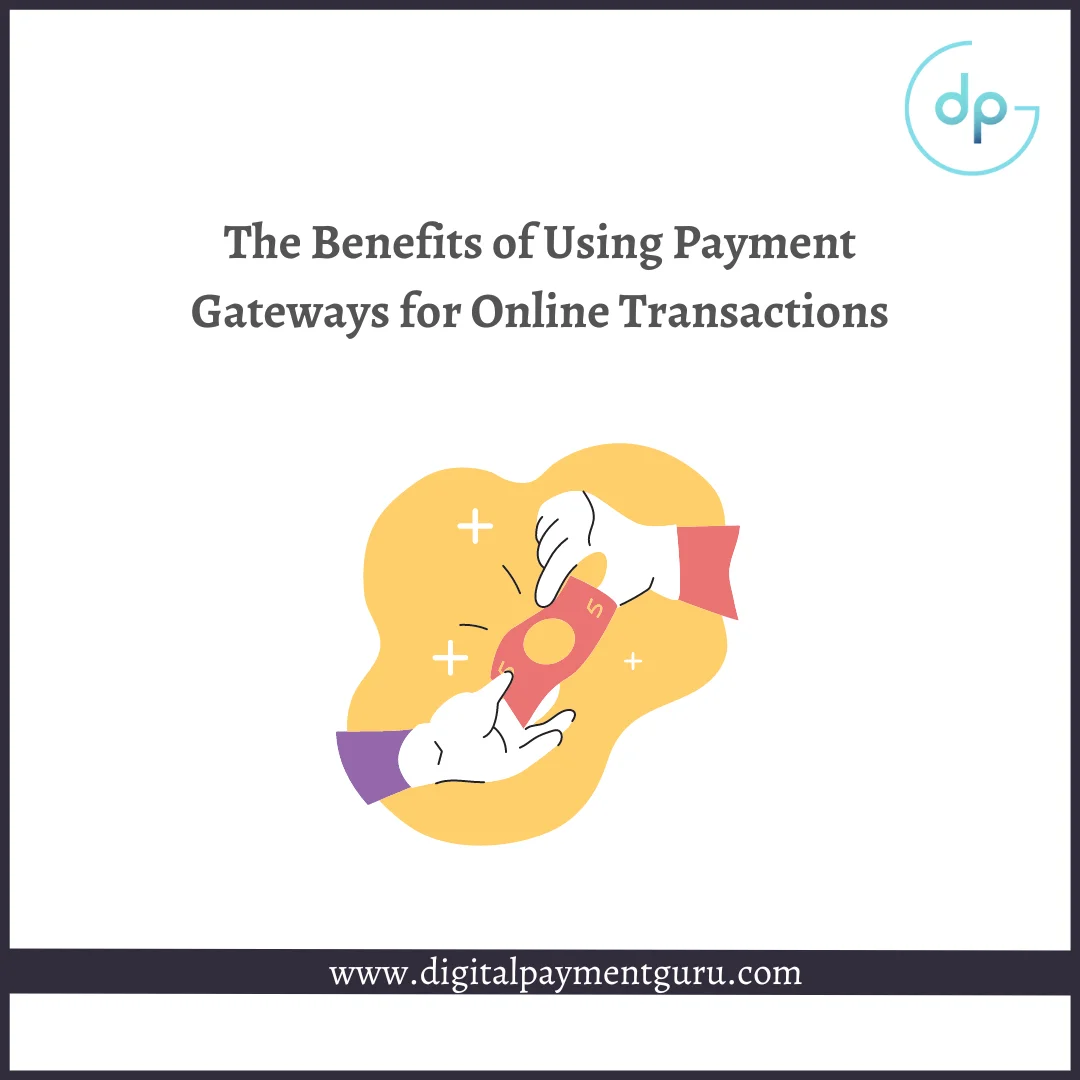As we move into 2023, payment gateways are set to become even more essential for businesses of all sizes. The global pandemic has accelerated the shift toward digital payments, and payment gateways have played a crucial role in facilitating this change. In this article, we will explore five payment gateway trends to watch in 2023.
Increased Focus on Security
With the increase in digital transactions, payment gateways need to prioritize security to ensure that customer data and payment information are protected. Cybersecurity threats such as phishing scams, malware attacks, and data breaches are constantly evolving, and payment gateways need to stay ahead of the curve.
One of the ways payment gateways are enhancing security is through the implementation of two-factor authentication (2FA). 2FA adds an additional layer of security to the payment process by requiring the user to provide two forms of identification. This can be a password and a fingerprint, a password and a code sent via SMS or any other combination of authentication methods.
Another security trend to watch is the use of blockchain technology. Blockchain offers a decentralized and secure way of storing data, making it an ideal solution for payment gateways. By using blockchain, payment gateways can ensure that transactions are transparent, tamper-proof, and secure.
Integration with social media platforms
Social media platforms such as Facebook, Instagram, and Twitter have become essential marketing channels for businesses. In 2023, we can expect payment gateways to integrate with these platforms to provide customers with a seamless payment experience. This may include the ability to make payments directly within social media platforms or the ability to link social media accounts to payment gateways.
Increased Integration with E-commerce Platforms
E-commerce has grown rapidly in recent years, and payment gateways are increasingly integrating with e-commerce platforms to provide a seamless payment experience. This trend is set to continue in 2023, as businesses continue to expand their online presence.
By integrating with e-commerce platforms, payment gateways can offer businesses a range of payment options, including credit card payments, digital wallets, and bank transfers. This provides customers with a greater choice of payment methods, improving the overall shopping experience.
Furthermore, e-commerce integration allows payment gateways to offer businesses real-time reporting and analytics, allowing them to track sales, monitor inventory, and make informed business decisions.
Increased Use of Artificial Intelligence (AI)
Artificial intelligence (AI) is transforming the payment industry, and payment gateways are no exception. By using machine learning algorithms, payment gateways can improve fraud detection, automate payment processes, and provide personalized payment experiences.
One of the ways AI is being used in payment gateways is through fraud detection. Machine learning algorithms can analyze vast amounts of data to identify patterns and anomalies, enabling payment gateways to detect and prevent fraud in real-time.
AI is also being used to automate payment processes, reducing the need for manual intervention. For example, payment gateways can use AI to automatically reconcile transactions, generate invoices, and process refunds.
Finally, AI can be used to provide personalized payment experiences. By analyzing customer data, payment gateways can offer personalized payment options, such as customized payment plans, loyalty programs, and targeted promotions.
Increased Emphasis on User Experience
As payment gateways become more integral to the payment process, user experience is becoming increasingly important. Payment gateways need to provide a seamless and intuitive payment experience to ensure that customers continue to use their services.
One way payment gateways are improving user experience is through the use of mobile payments. As more people use mobile devices for everyday tasks, payment gateways are focusing on creating mobile-friendly payment solutions that provide a simple and intuitive payment experience.
Another way payment gateways are improving user experience is through the use of digital wallets. Digital wallets such as Apple Pay and Google Wallet offer a fast and secure way of making payments, without customers needing to enter their payment information for every transaction.
Finally, payment gateways use user data to create personalized payment experiences. By analyzing customer behavior and preferences, payment gateways can offer customized payment options that meet the needs of each individual customer.
Conclusion :
payment gateways will continue to play a critical role in the payment process in 2023 and beyond. The trends we have discussed in this article highlight the importance of security, cryptocurrencies, e-commerce integration, AI, and user experience in the payment gateway industry. By staying ahead of these trends, payment gateways can continue to provide fast, secure, and convenient payment solutions for businesses and consumers alike.
It is worth noting that these trends are not mutually exclusive, and many payment gateways are already incorporating multiple trends into their offerings. For example, some payment gateways are using AI to improve fraud.
To know the strongest current trend in payment processing in India click here.











